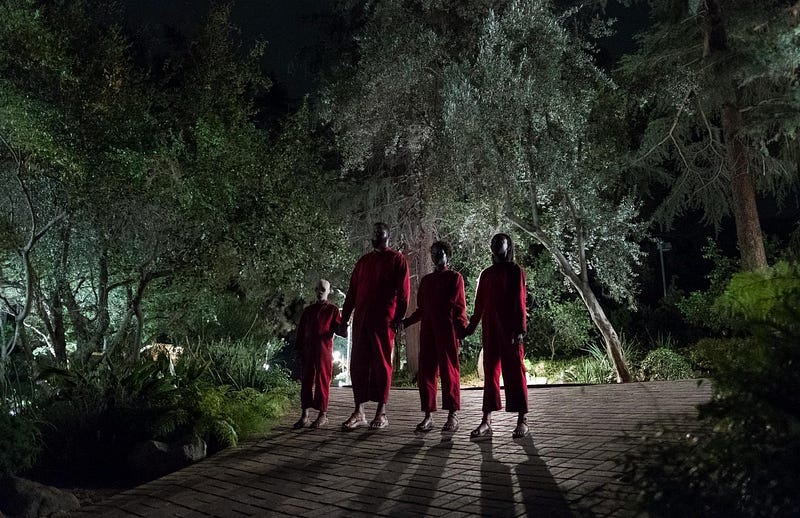‘Us’ Is a Masterful Horror and Racial Allegory
Five years later, Jordan Peele’s second horror outing stands as one of the most innovative and shocking horror movies of a generation
To follow up on a critically acclaimed masterpiece like Get Out was such an ambitious task that director Jordan Peele jokingly asked for leeway to make a bad movie or two following the seismic success of that directorial debut. With the 2019 release of Us, though, it quickly became clear to viewers that the young visionary dire…
Keep reading with a 7-day free trial
Subscribe to The Gen Z Report to keep reading this post and get 7 days of free access to the full post archives.


